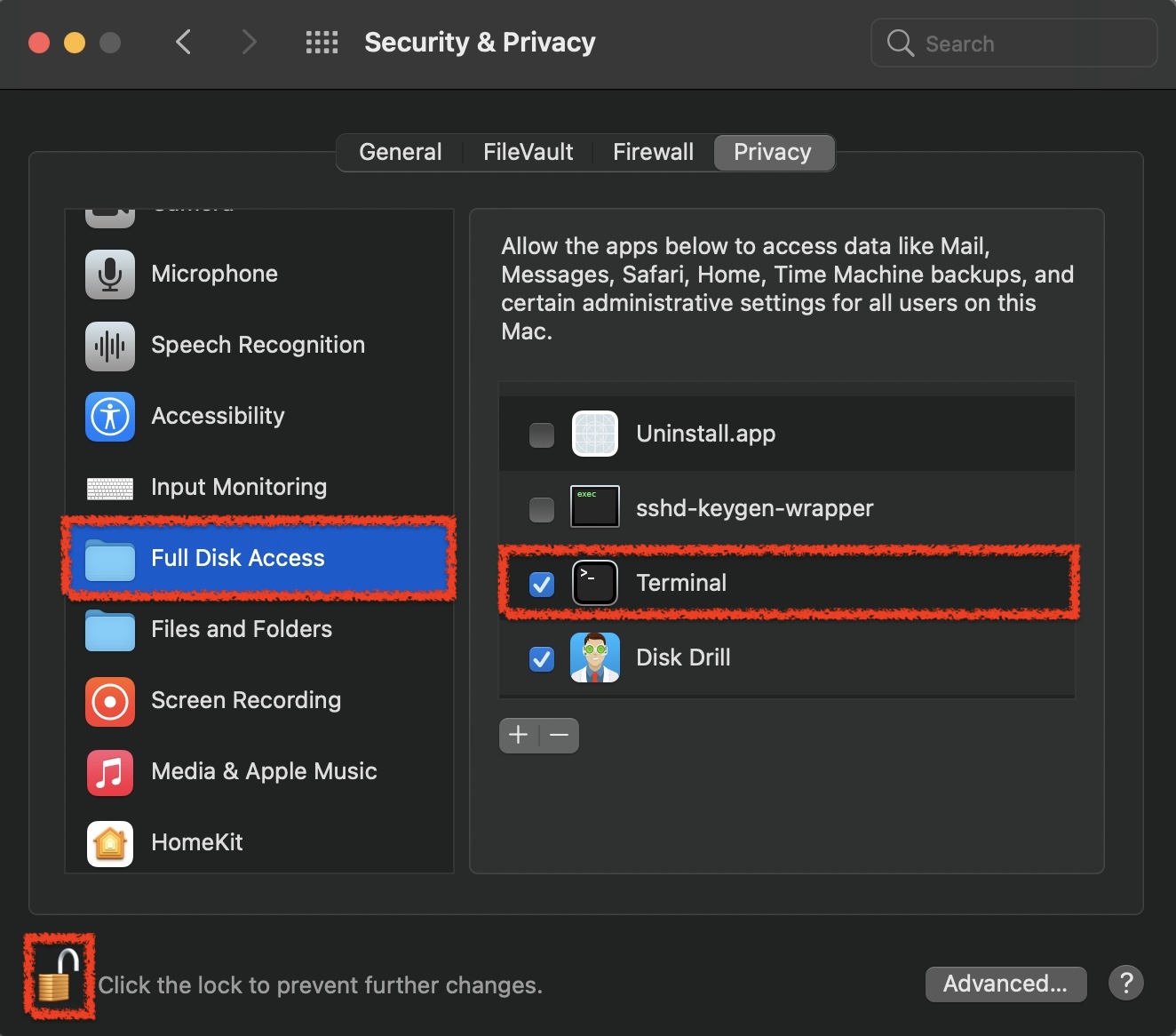

Using ack to Find a Specific Word In a File The normal grep flags should be fully operational from within the -exec flag.įor complete review, check out find’s man page. That’s why grep is required to search file text and contents. Note that find only looks at filenames, not contents. With a clever arrangement of syntax, you can use find’s faster file-system search to locate the specific file types you want to search within, then pipe them to grep in order to search inside the files.

This command would use find’s -exec flag to pass the found files to grep for searching. You can also exclude specified directories by following the format below: grep -exclude-dir= \

The flag can be added immediately after the grep command, like so: grep -exclude=*.csv -Rw '/path/to/search' -e 'pattern' –include=*.txt, on the other hand, will only search within files with the. For example, –exclude=*.csv will not search within any files with the. To speed up grep, you can use the –exclude and –include flags to limit the search to certain types of files. It supports regular expressions by default. The -e flag prefaces the pattern to search for. This means that ‘red’ will match only ‘red’ surrounded by whitespace characters, and not ‘redundant’ or ‘tired’. The -w flag searches for whole word matches. The -R flag sets grep to recursive mode, navigating through all the directories contained within the specified directory. But for most text-based formats, grep can scan the text of the file for the specified pattern. That said, smaller or less powerful Linux boxes might prefer to run a different command, like ack.ĭepending on how the file is encoded, grep may not always be able to look inside. It’s included on the largest number of Linux systems, and is generally identical across distros. Using grep to Find a Word In a Fileīy default, grep searches through the contents of files as well as their file name. Here we will show you how you can find specific word(s) in a file on Linux. However, the most famous GNU search program grep will look inside files with the correct flags. And, in case you want to stop a command you've input, you can do that by tapping the window (if it isn't already selected) and holding down the "control" key and hitting "c." Or, if you want to repeat a command, simply use the up arrow key to cycle through previously used commands and, when you see the one you want, press "return."ĭon't worry if you make a mistake in your command pathways: You'll just get a message back saying something along the lines of, "No such file or directory exists.By default, most search tools look at file names, not file contents. If you need to get to your Terminal's settings, hold down the command key while tapping the comma button. Note that the file pathway is also fundamental here. Open -a "APP NAME" Open a text-based file using the text editor: Open Open a file using an application you specify:Īgain, you'll need the file pathway to use this command.

In either case, hit the spacebar following the app name and then the command would take hold.
FIND FILE IN TERMINAL ON MAC FULL
Even though the latter appears to only copy the actual file name, it actually captures the full pathway. To do so, you can either drag the file to the Terminal window to add to the line, or right click the file and select "Copy " and then use the Command+V shortcut to paste it into the Terminal. Open -a "APPLICATION NAME" Open a file using the default application:įor this, you'll have to know the command pathway for the file you want to access. Or, if the application has a space in its name: If you input this exact phrasing, Terminal will open your Spotify app.


 0 kommentar(er)
0 kommentar(er)
